Lavandula angustifolia 'SuperBlue'
Hidcote Blue' English Lavender
Hidcote Blue' English Lavender
Exposure
- Sun
Rusticity
Bloom time
- June
- July
- August
- Aromatic flowers and foliage
- Attracts pollinators
- Deer and rabbit resistant
- Compact port
- Helps with biodiversity
Immerse your garden in the captivating fragrance and striking beauty of 'SuperBlue' lavender. This exceptional variety of Lavandula angustifolia stands out with its deep blue flowers, aromatic silver foliage, and remarkable hardiness.
Features:
- Abundant and prolonged flowering: Enjoy a generous bloom from mid-summer to early fall.
- Deep blue flowers: From June to August, 'SuperBlue' lavender is adorned with intense blue flower spikes, creating a striking contrast with its silver foliage.
- Captivating fragrance: Its flowers release a sweet and relaxing scent, ideal for perfuming your garden, bouquets, or lavender sachets. Attracts pollinators and repels some harmful insects.
- Evergreen foliage: Its silvery, finely cut, and aromatic foliage persists throughout the year, adding a touch of elegance to your garden even in winter.
- Attracts pollinators: 'SuperBlue' lavender is a magnet for bees, butterflies, and other beneficial insects, contributing to the biodiversity of your garden.
- Easy care: This low-maintenance lavender thrives in well-drained soil, full sun exposure, and moderate watering.
Where to plant your 'SuperBlue' lavender:
- Full sun: 'SuperBlue' lavender prefers full sun exposure for optimal flowering and harmonious development.
- Well-drained soil: Ensure the soil is well-drained to avoid excess moisture, which could harm the roots.
- Flower beds, borders, rock gardens: This lavender is perfect for creating colorful flower beds, fragrant borders, or sunny rock gardens.
- Pots and planters: Grow 'SuperBlue' lavender in pots on your patio or balcony to enjoy its fragrance and beauty up close.
Maintenance tips:
- Planting: Plant your lavender in spring or fall in well-drained soil enriched with compost. Water regularly after planting, then reduce watering once the plant is established.
- Pruning: Prune your 'SuperBlue' lavender after flowering, in late summer, to promote compact growth and abundant flowering the following year. Cut the stems back by about one-third of their length.
- Winter protection: In colder regions, protect your lavender from frost by covering it with a mulch of dead leaves or straw.
Plant details
Dimensions
Dimensions
Characteristics
Characteristics
Habit:
- Bushy
Flowering colours:
- Blue
- Purple
Plant needs
Plant needs
Watering:
- Moderate to low. Avoid waterlogging
Maintenance:
- Easy. Remove faded flowers
- Fertilize in spring
Soil requirement:
- Well drained
- Stony
- Light
Features
Features
Resistance:
- White-tailed deer
- Drought once established
- Salt
- Rabbits
Attract:
- Pollinators
Use:
- Borders
- Clumps
- Rockeries
- Herb Gardens
Attribute:
- Fragrant flowers and foliage
- Cut flowers
- Dried flowers
- Slow growing




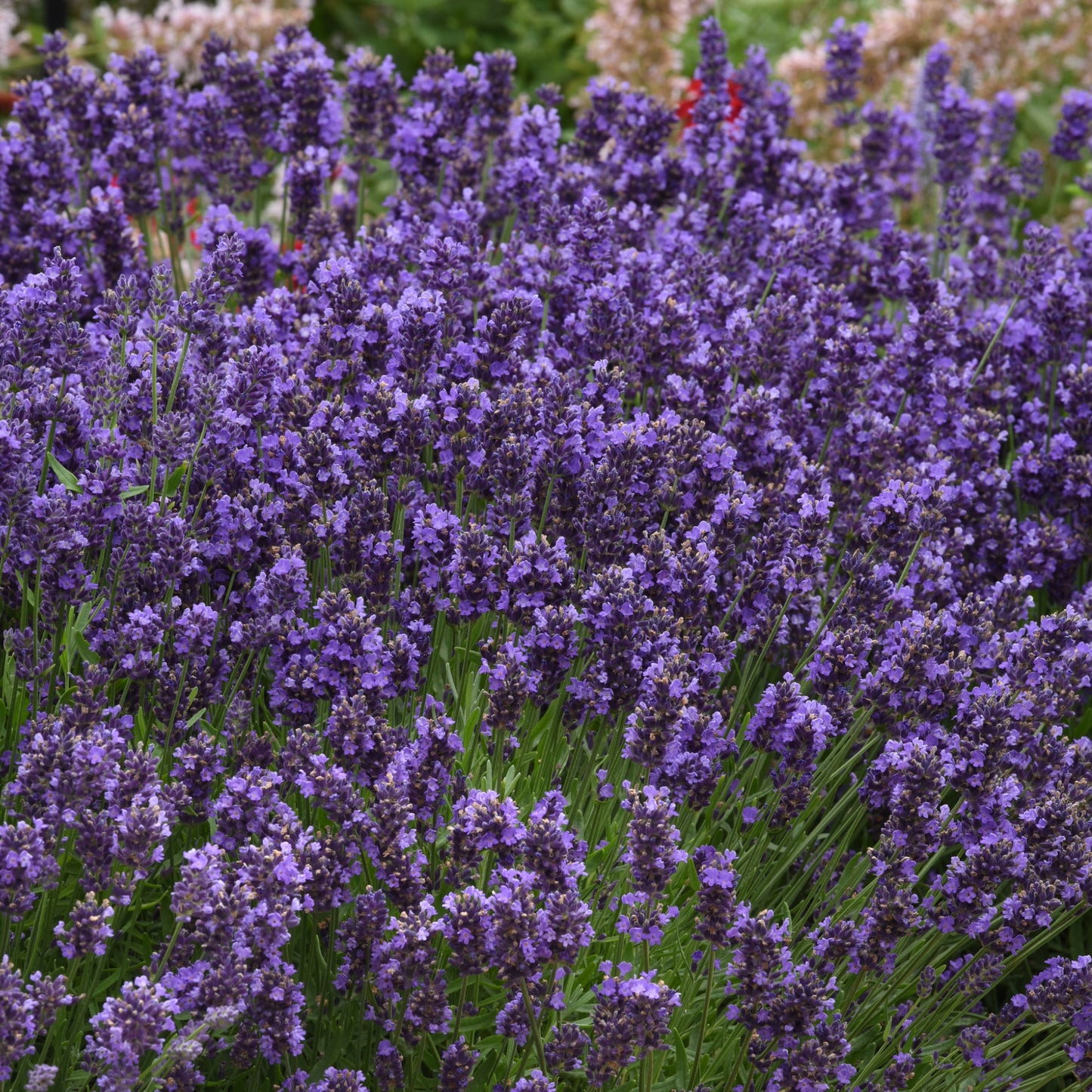
Related articles
-
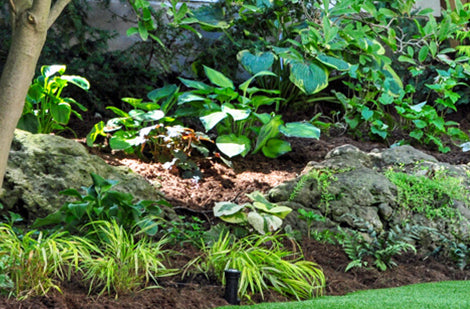
Perennials for all occasions
Read the articleOsez créer des associations inédites qui sauront refléter votre personnalité, même si pour cela vous deviez déplacer certaines vivaces pour mieux les mettre en valeur.
-
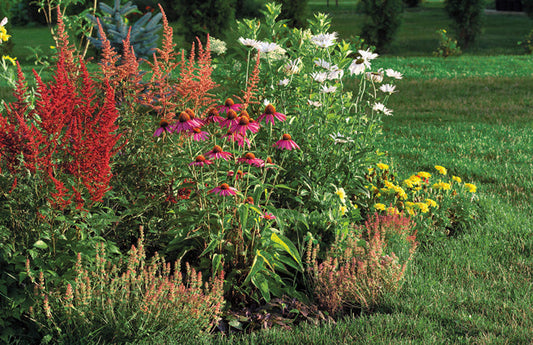
Landscaping with perennials
Read the articleVariétés à découvrir, la tomate se savoure crue, en sandwich, en bruschetta ou en salade. Cuite, c'est l'ingrédient de base de sauces, soupes et salsas.
-
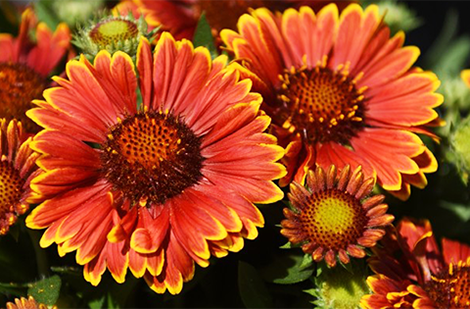
Perennials proper maintenance: cut and fertilize
Read the articleLa grande popularité des vivaces vient du fait qu'après avoir été oubliées pendant des mois au cours de l'hiver, elles réapparaissent sur la scène plus énergiques et surprenantes que par...
-
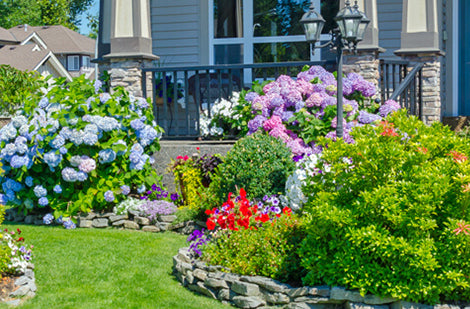
How to plant perennials in your garden
Read the articleEn pénétrant au jardin, ce sont souvent les plantes vivaces que l’on remarque en premier. Un massif de sauges, d’hémérocalles, d’astilbes, d’échinacées ou de lavande offre un spectacle d’une beauté...













